If you’re in the market for an amethyst gemstone, it’s crucial to ensure that you’re investing in an authentic and high-quality product. However, with the prevalence of fake or synthetic amethyst in the market, it can be challenging to distinguish the real from the fake. That’s where the amethyst acid test comes in.
The amethyst acid test is a reliable and effective method for authenticating amethyst gemstones. By using specific acids, this test can detect the presence of synthetic or treated amethyst by examining the reaction of the gemstone to the acid. With this test, you can protect your investment and ensure that you’re getting the true value of your amethyst gemstone.
Key Takeaways:
- The amethyst acid test is a reliable and effective method for authenticating amethyst gemstones.
- The test can detect the presence of synthetic or treated amethyst by examining the gemstone’s reaction to specific acids.
- By using the amethyst acid test, you can ensure that you’re investing in an authentic and high-quality amethyst gemstone.
Why Test Your Amethyst?
Buying an amethyst gemstone is an investment, and it’s vital to ensure that your purchase is genuine. Unfortunately, the market is flooded with fake or synthetic amethyst stones. By testing your amethyst, you can protect your investment and know the true value of your gemstone.
One of the most reliable methods for authenticating amethyst is the amethyst acid test. The test is inexpensive, simple, and can be done at home. It is an effective way to identify synthetic or treated amethyst and distinguish it from the natural gemstone.
Other testing methods are available, but they may not be as effective as the amethyst acid test. Ultraviolet light, specific gravity, and thermal conductivity tests have their limitations and may not be necessary if the amethyst acid test reveals the gemstone’s authenticity.
The amethyst acid test is a tried and true method, and it is essential for anyone who regularly handles or purchases amethyst gemstones. With its effectiveness and simplicity, there’s no reason not to test your amethyst gemstones.
Now that you understand the importance of testing your amethyst gemstone, let’s dive into the specifics of the amethyst acid test.
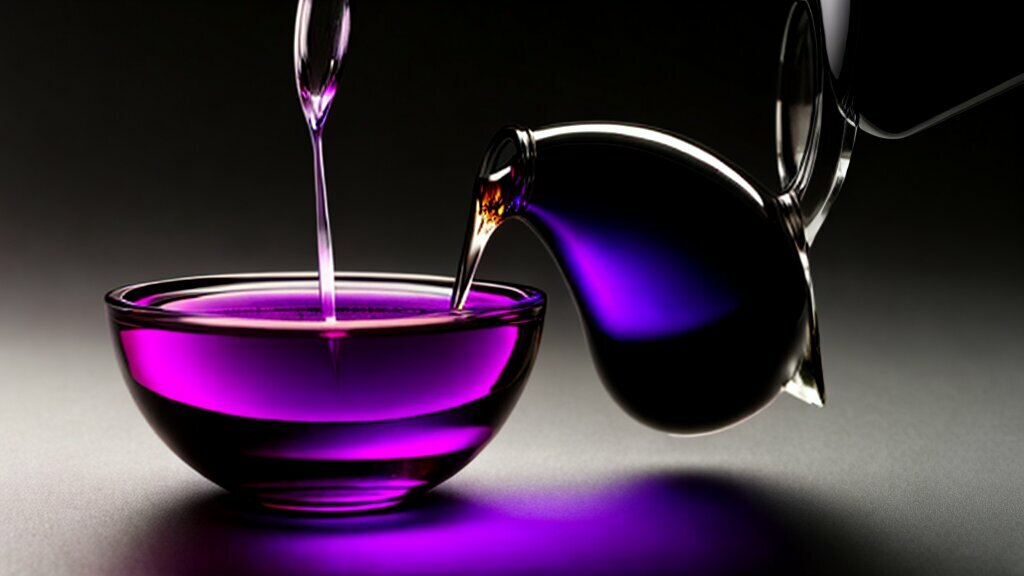
Understanding the Amethyst Acid Test
If you’re interested in authenticating your amethyst gemstone, the amethyst acid test is a reliable and effective method. The test involves exposing the gemstone to acid to determine if it’s natural or synthetic. The procedure is straightforward, but safety precautions must be taken.
Before conducting the amethyst acid test, you’ll need to gather the necessary materials:
| Materials: | Quantity: |
|---|---|
| Amethyst Testing Stone | 1 |
| Testing Acids (10k, 14k, 18k) | 1 bottle of each |
| Dropper | 1 |
| Protective Gloves | 1 pair |
Once you have your materials, follow these steps to conduct the amethyst acid test:
- Put on protective gloves.
- Choose a discreet spot on the amethyst testing stone and rub the amethyst gemstone against it to create a streak.
- Place a drop of the 10k acid on the streak. If the stone begins to fizz and the streak disappears, it is not amethyst.
- If the 10k acid does not produce a reaction, move on to the 14k acid and place a drop on the streak.
- Repeat the process with the 18k acid.
- If none of the acids produce a reaction, the gemstone is likely natural amethyst.
It’s important to note that the amethyst acid test can only determine if a gemstone is natural or synthetic. It cannot determine if a gemstone has been treated in any way. If you suspect your amethyst gemstone has been treated, additional testing methods may be necessary.
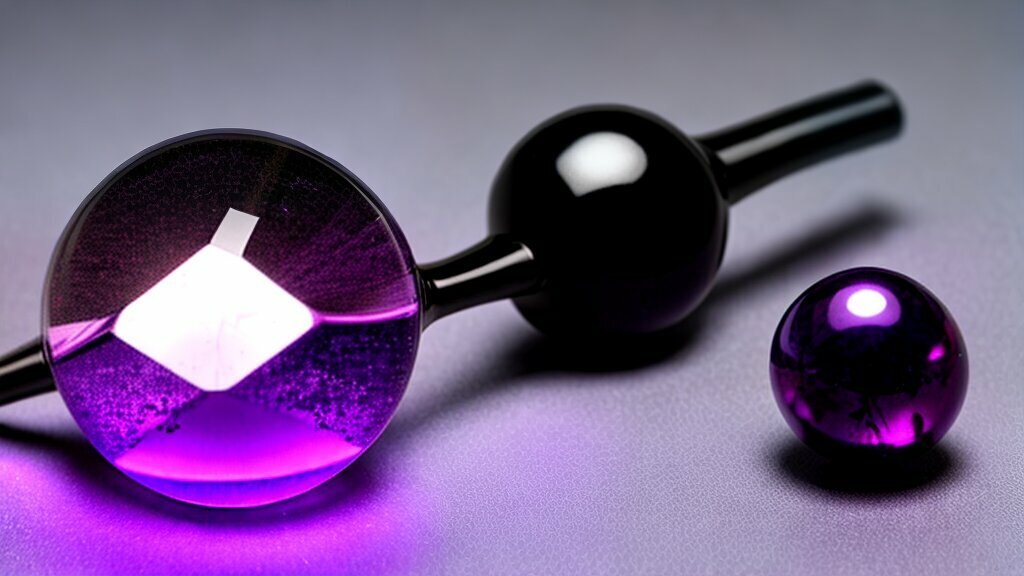
Performing the Amethyst Acid Test at Home
If you’re keen to test your amethyst gemstone’s authenticity, you can do so in the comfort of your own home. However, it’s crucial to ensure you follow the correct testing procedures to obtain accurate results. The following steps will guide you through the process:
| Step | Materials Required |
|---|---|
| 1 | A testing stone |
| 2 | Testing acids (hydrochloric, sulfuric, and nitric acid) |
| 3 | A dropper |
Now that you’ve gathered the necessary materials, follow these steps:
- Begin by cleaning the surface of the amethyst gemstone with a soft cloth to remove any dirt or debris.
- Choose a small area on the gemstone to test, preferably on the back or underside, and make a small scratch on the surface with the testing stone.
- Using the dropper, apply a small drop of hydrochloric acid to the scratch. If the area fizzes or bubbles, the amethyst is likely fake or synthetic. If there is no reaction, proceed to the next step.
- Next, apply a small drop of sulfuric acid to the same scratch. If the area turns green, the amethyst is fake or synthetic. If there is no reaction, move on to the next step.
- Finally, apply a small drop of nitric acid to the same scratch. A reaction will occur only if the amethyst gemstone is genuine. A white mark will form around the scratch, indicating the presence of calcium carbonate, a natural component of amethyst.
It’s important to remember that acids are dangerous and should be handled with care. Always wear gloves and safety goggles when performing the amethyst acid test at home.
By following these steps, you can get a better idea of your amethyst gemstone’s authenticity. However, it’s important to note that no single test can determine the genuineness of a gemstone with 100% accuracy. It’s recommended to conduct multiple tests and seek expert advice if you have any doubts about your gemstone’s authenticity.
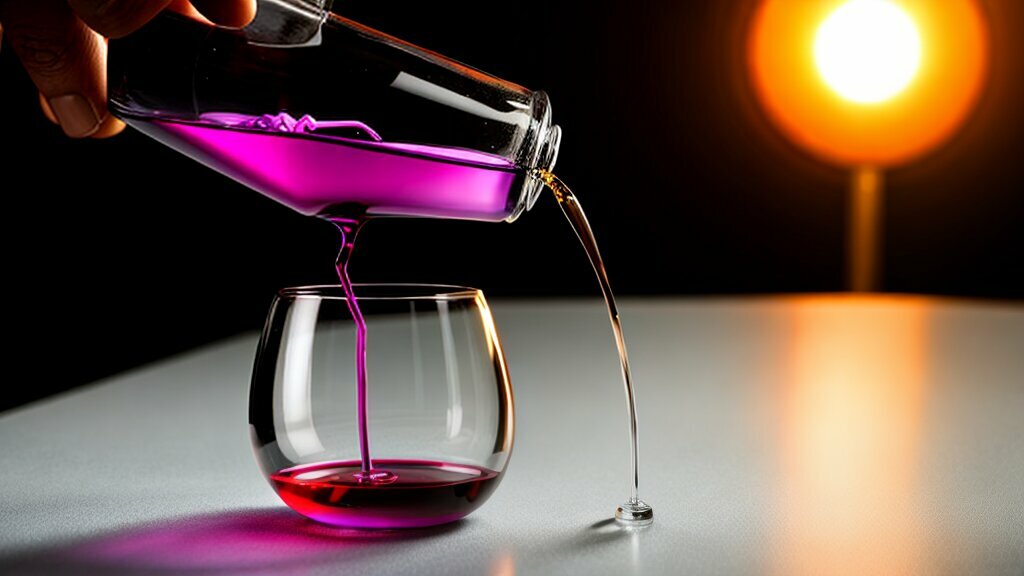
Interpreting the Results
After conducting the amethyst acid test, it’s important to interpret the results accurately to determine the authenticity and quality of your gemstone. Here’s what to look for:
| Result | Interpretation |
|---|---|
| No reaction | Your amethyst is likely genuine. |
| Fizzing | Your amethyst is likely a fake or a synthetic stone. |
| Bubbling, cracking, or dissolving | This indicates that the gemstone is not amethyst. |
It’s important to note that a positive reaction doesn’t necessarily mean that your amethyst is fake. It could be a natural stone that has been treated or heated. In such cases, it’s best to consult a professional for further testing.
When interpreting the results, it’s also helpful to compare your findings with other testing methods. For example, UV light testing can reveal if the stone has been treated or enhanced, and specific gravity testing can provide additional insights into its properties. Using multiple testing methods can provide a more comprehensive assessment of your gemstone.
By interpreting the results of your amethyst acid test, you can confidently determine the authenticity and quality of your gemstone, and make informed decisions when buying or selling amethyst.
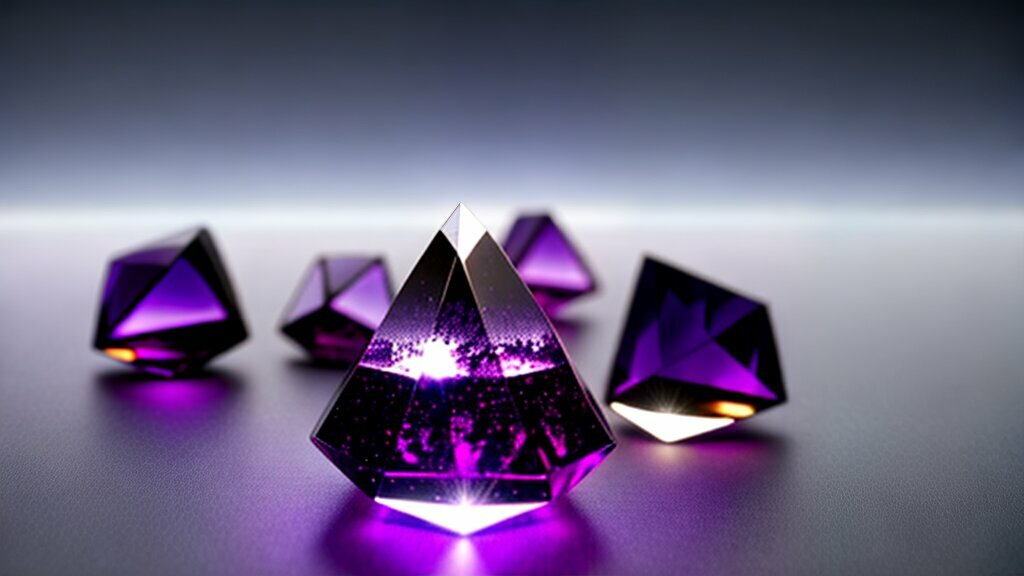
Additional Testing Methods for Amethyst
In addition to the amethyst acid test, there are other reliable methods for testing the authenticity and quality of amethyst gemstones:
UV Light Testing
UV light testing can be an effective way to identify treated or synthetic amethyst. Natural amethyst will typically exhibit a reddish-violet or bluish-violet fluorescence under UV light, while treated or synthetic alternatives may show different colors or no fluorescence at all. However, this method should not be used as the sole means of authentication, as some natural amethyst may not fluoresce under UV light.
Specific Gravity Testing
Specific gravity testing involves measuring the density of the gemstone and comparing it to known values for natural amethyst. This method requires precision equipment and may be best left to professionals, as accurate measurements are key to obtaining reliable results. However, it can be a useful complement to the amethyst acid test for more comprehensive testing.
Thermal Conductivity Testing
Thermal conductivity testing involves measuring the gemstone’s ability to conduct heat and comparing it to known values for natural amethyst. As with specific gravity testing, this method requires specialized equipment and may be best performed by a professional. It can be especially useful in detecting synthetic amethyst, as these typically have lower thermal conductivity than natural alternatives.
It is important to note that no single testing method can provide a definitive conclusion about the authenticity and quality of amethyst gemstones. Employing multiple methods and consulting with a professional can provide the highest level of confidence in your assessment.
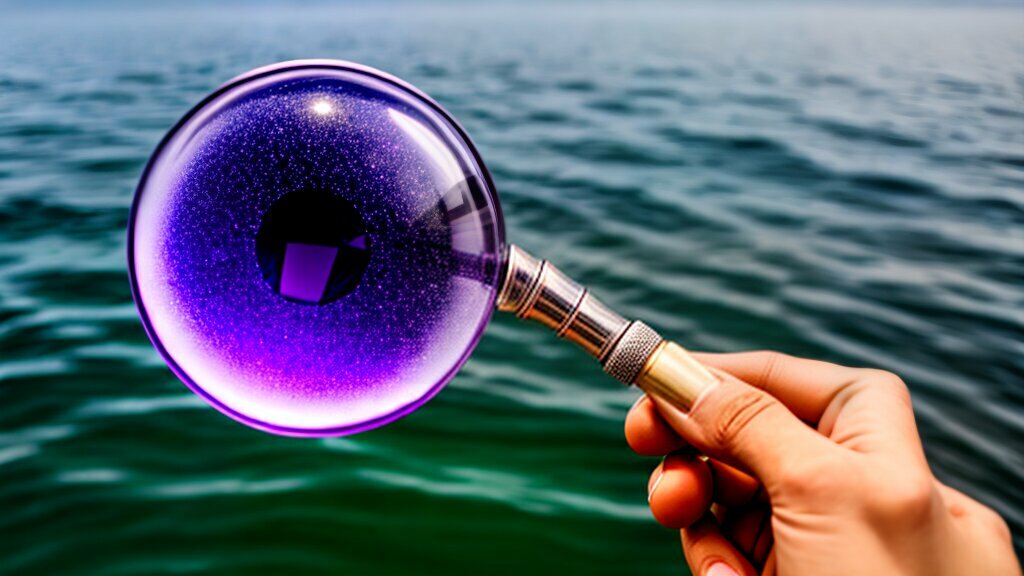
Consulting a Professional
If you are uncertain about the authenticity or quality of your amethyst gemstone, it may be beneficial to seek professional assistance. Consulting a gemologist or a reputable jewelry appraiser can provide expert opinion and ensure accurate assessment.
A qualified professional can offer a range of testing methods and provide insights into distinguishing between natural amethyst and synthetic or treated alternatives. They can also identify any potential treatments or enhancements that may affect the value of the gemstone.
When selecting a professional, it is important to research their credentials and reputation. Look for certifications from reputable organizations such as the Gemological Institute of America (GIA) or the American Gem Society (AGS). Ask for references from previous clients and read reviews to ensure a satisfactory experience.
Consulting a professional may be necessary in certain situations, such as when dealing with high-value amethyst gemstones or when purchasing amethyst from an unknown or unreliable source. It is always better to safeguard your investment and ensure the true value of your gemstone.
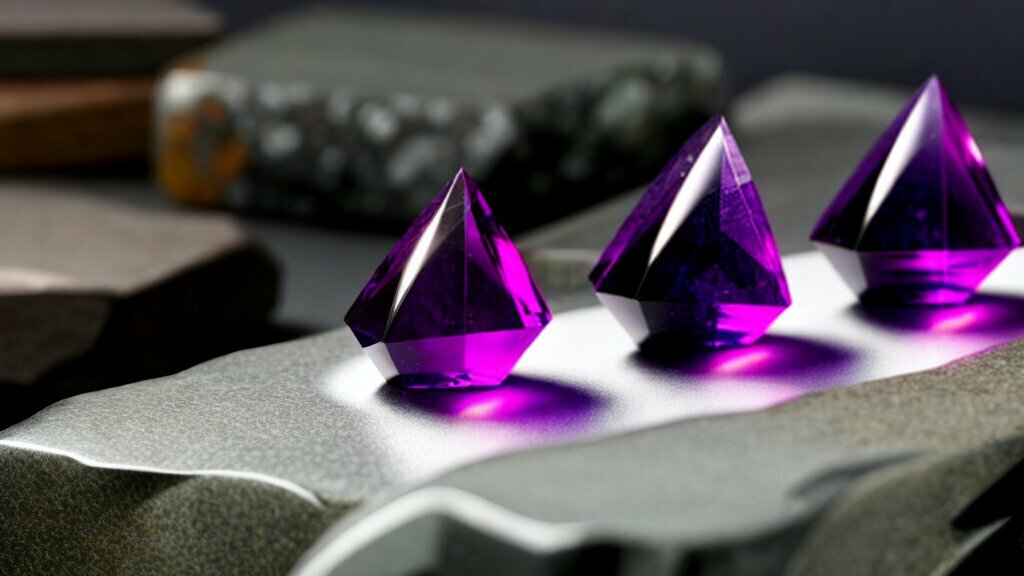
Caring for Your Amethyst Gemstone
Once you have verified the authenticity of your amethyst gemstone using the amethyst acid test, it’s essential to properly care for it to maintain its value and beauty for years to come.
One of the most important things to remember when caring for amethyst is to avoid exposing it to extreme heat or light, as this can cause discoloration or damage. It’s also essential to store your gemstone away from other jewelry to prevent scratches or other damage.
To clean your amethyst, use a soft cloth and mild soap and water. Avoid using harsh chemicals or abrasive cleaners that could damage the stone. After cleaning, be sure to dry it thoroughly with a soft cloth to prevent water spots.
If your amethyst is set in a piece of jewelry, it’s essential to take extra care when cleaning it. Avoid getting any water or soap on the metal setting, and consider taking it to a jeweler for professional cleaning.
Finally, be sure to wear your amethyst gemstone with care. Avoid wearing it during strenuous activities or when using harsh chemicals or cleaning agents. Regularly checking the setting for any loose stones is also recommended to prevent loss or damage.
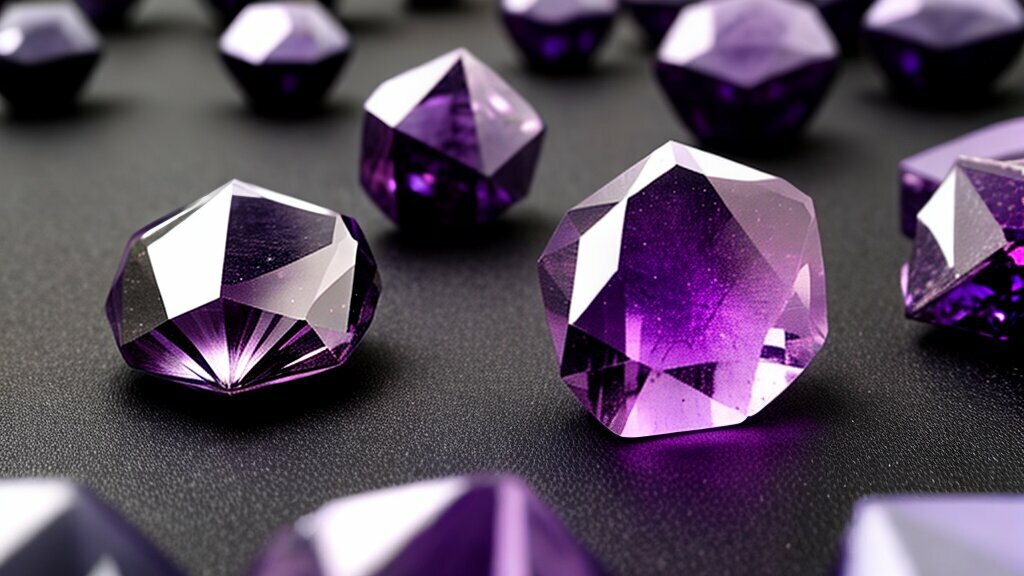
By following these simple tips for caring for your amethyst gemstone, you can ensure that it remains beautiful and valuable for years to come.
Conclusion
As you have learned, the amethyst acid test is a crucial tool in authenticating amethyst gemstones. With a prevalence of fake or synthetic amethyst in the market, it is important to protect your investment and ensure the true value of your gemstone. By following the step-by-step instructions and safety precautions, you can confidently perform the amethyst acid test at home and interpret the results to distinguish between natural and synthetic or treated alternatives.
It is also recommended to use other testing methods, such as UV light testing, specific gravity testing, and thermal conductivity testing, in conjunction with the amethyst acid test for more comprehensive results. However, in certain situations, seeking the assistance of a professional gemologist or jewelry appraiser may be necessary for accurate and expert assessment.
Caring for your amethyst gemstone is another important aspect to maintain its longevity and beauty. Regular maintenance, proper storage, and protection against potential damage are essential. By following the tips provided, you can ensure the preservation of your gemstone’s value and appearance.
Incorporating the knowledge gained from this guide, you can make informed decisions when purchasing or owning amethyst gemstones. Remember to always prioritize authenticity and take necessary precautions to protect your investment.
FAQ
Q: Why is it important to test your amethyst?
A: Testing your amethyst gemstones is crucial to ensure their authenticity and protect your investment. Fake or synthetic amethyst gemstones are prevalent in the market, and purchasing an inauthentic gemstone can result in financial loss. By testing your amethyst, you can verify its true value and make informed decisions.
Q: How do you perform the amethyst acid test?
A: To perform the amethyst acid test, you will need a testing stone, testing acids, a dropper, and safety precautions such as gloves and protective eyewear. Follow these steps: 1. Place a small drop of testing acid on the testing stone. 2. Gently rub your amethyst gemstone against the testing stone. 3. Observe the reaction of the acid with the gemstone. The amethyst should remain unaffected or produce a light white vapor. Any other color change indicates that the gemstone is not authentic amethyst.
Q: Can you perform the amethyst acid test at home?
A: Yes, you can perform the amethyst acid test at home. Make sure you have the necessary equipment and follow the correct procedures. It is important to exercise caution and ensure your safety during the testing process.
Q: How can you interpret the results of the amethyst acid test?
A: The amethyst acid test can provide insights into the authenticity and quality of the gemstone. A lack of reaction or the production of a light white vapor indicates a genuine amethyst. Any color changes or excessive reactions suggest that the gemstone may be synthetic or treated. Consulting a professional gemologist can help you further interpret the results.
Q: Are there other testing methods for amethyst?
A: Yes, there are other testing methods that can be used alongside the amethyst acid test. Techniques such as UV light testing, specific gravity testing, and thermal conductivity testing can provide additional information. Employing multiple testing methods can lead to more comprehensive results.
Q: Should you consult a professional for amethyst testing?
A: Consulting a professional, such as a gemologist or jewelry appraiser, can be advantageous when testing amethyst gemstones. Professionals have the expertise and equipment to accurately assess the authenticity and quality of gemstones. It is especially recommended when dealing with valuable or rare amethyst gemstones.
Q: How should you care for your amethyst gemstone?
A: To care for your amethyst gemstone, clean it gently using mild soap and warm water. Avoid exposing it to harsh chemicals or ultrasonic cleaners. Store it separately from other jewelry to prevent scratches. Protect it from extreme temperatures and impacts. Regularly inspect and maintain the gemstone to ensure its longevity and beauty.
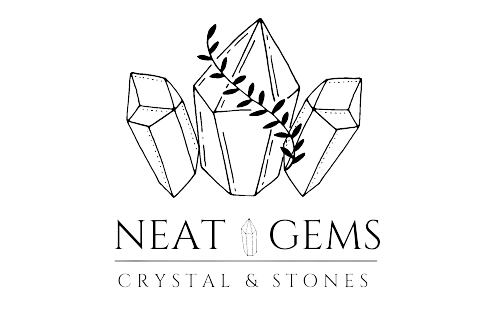
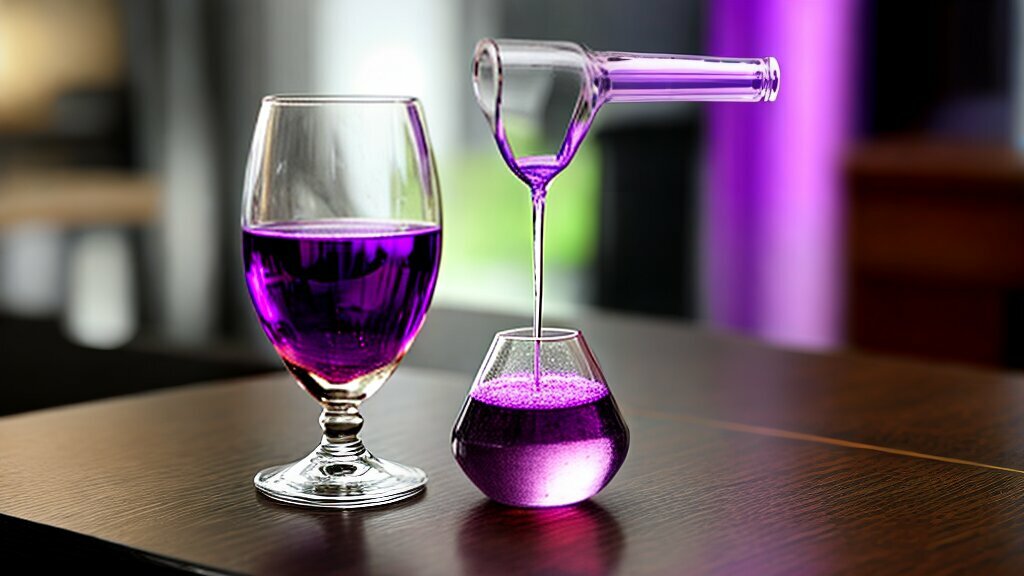
Leave a Reply